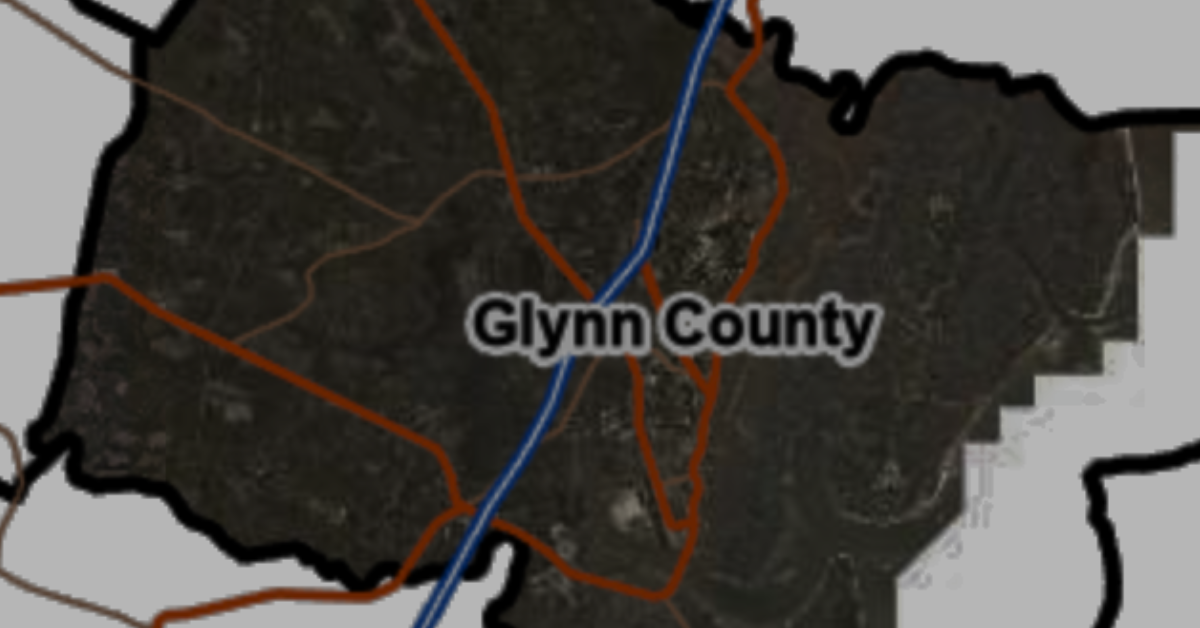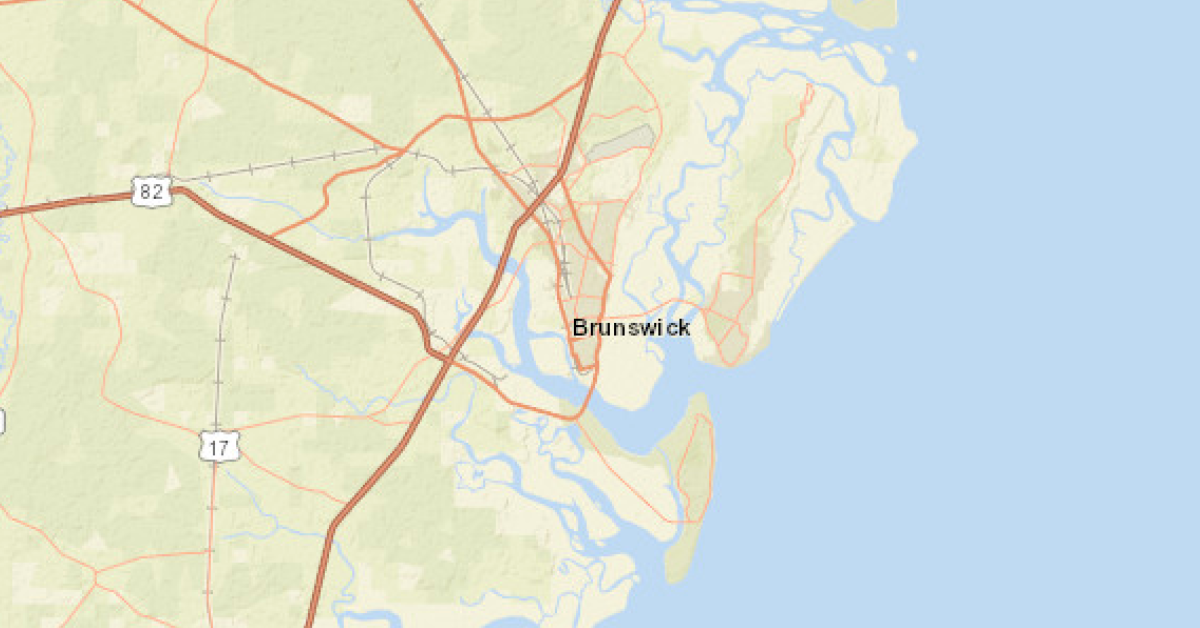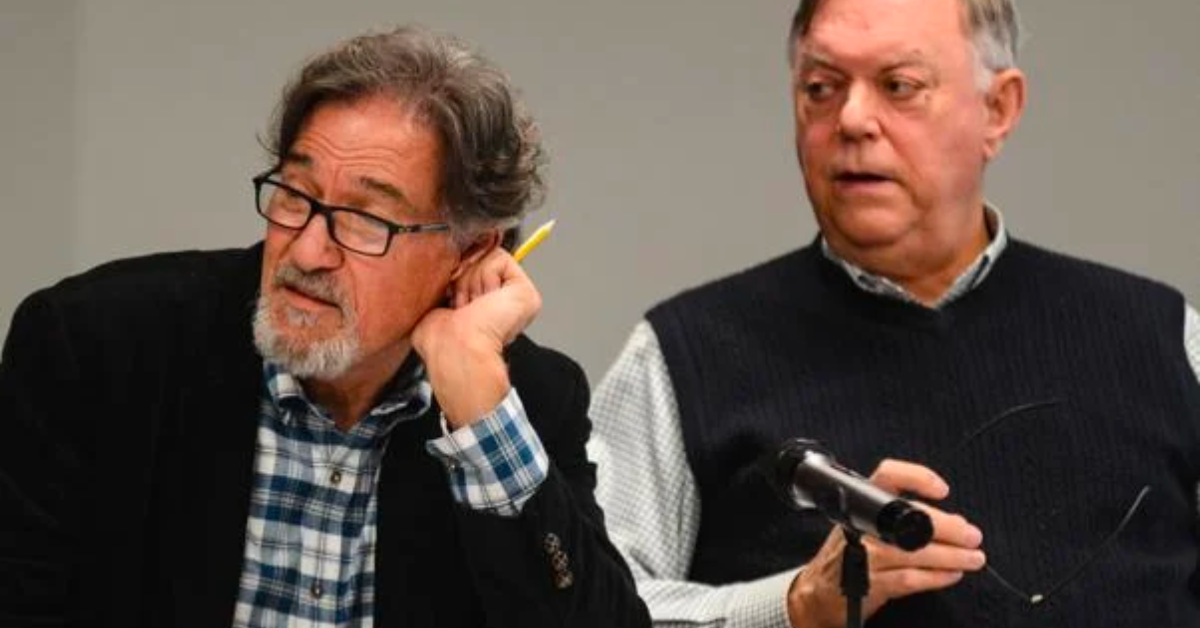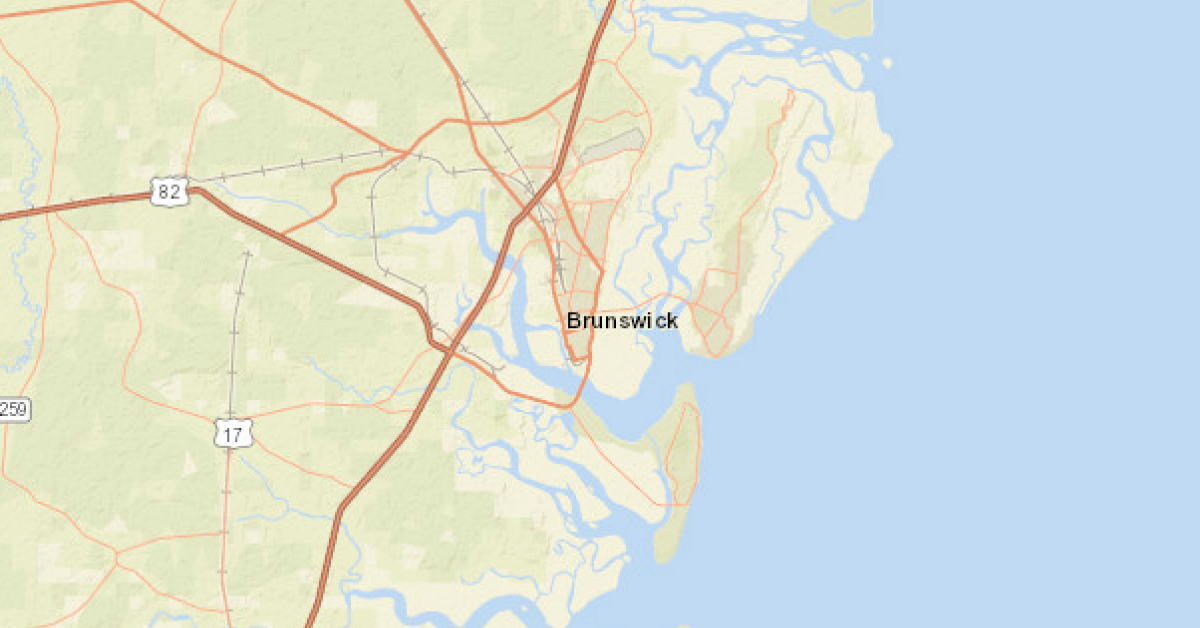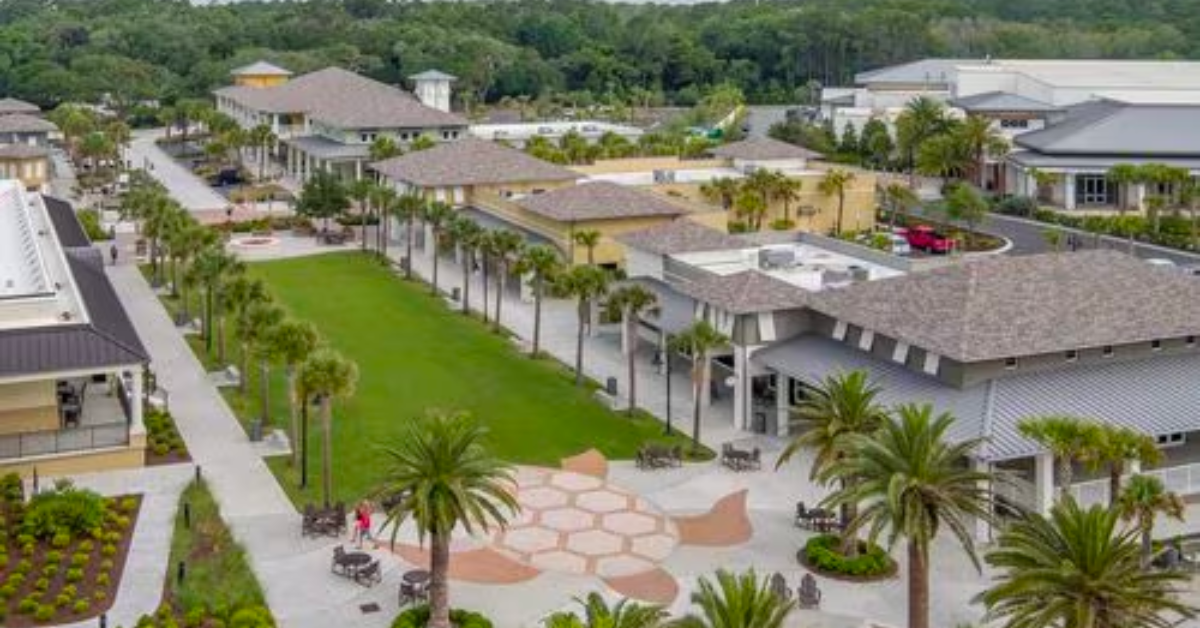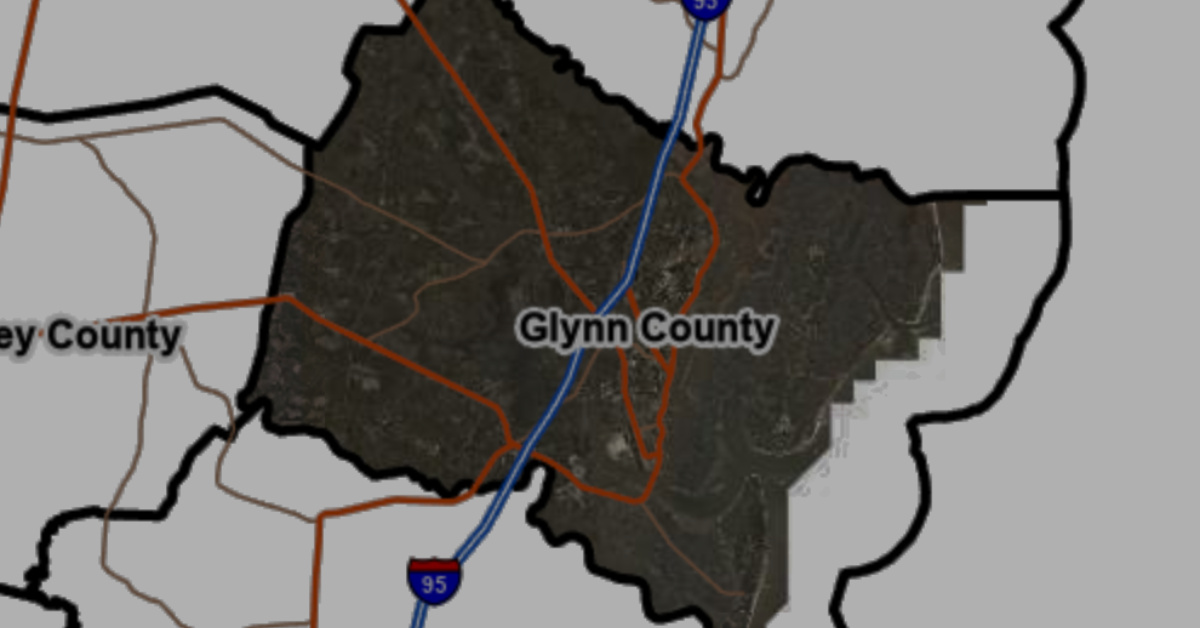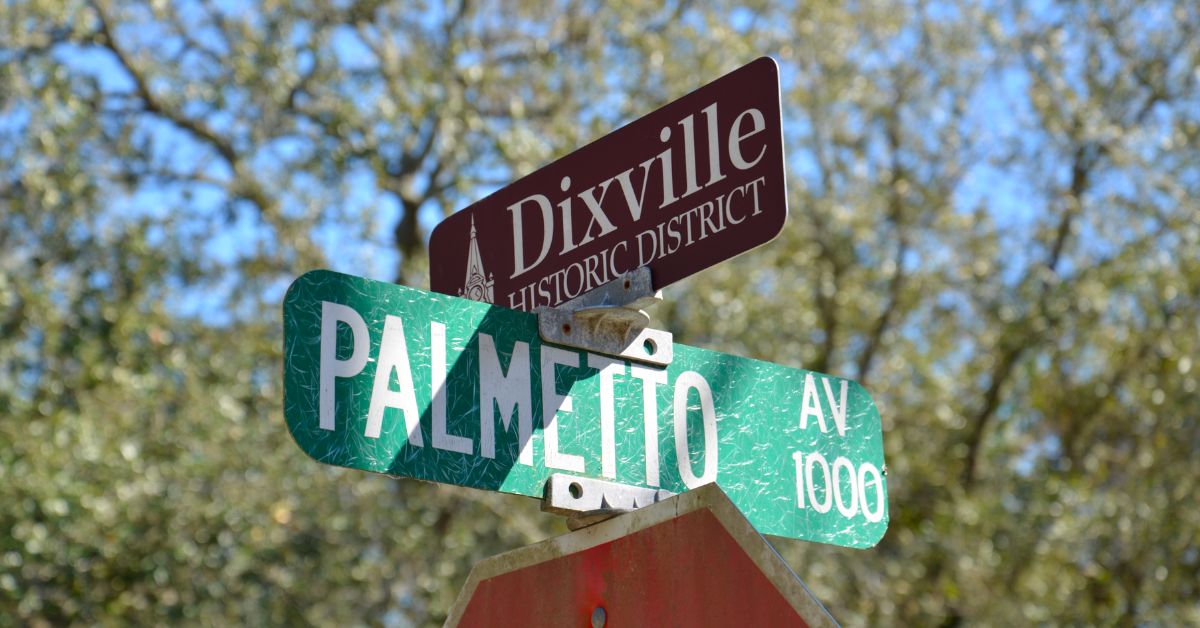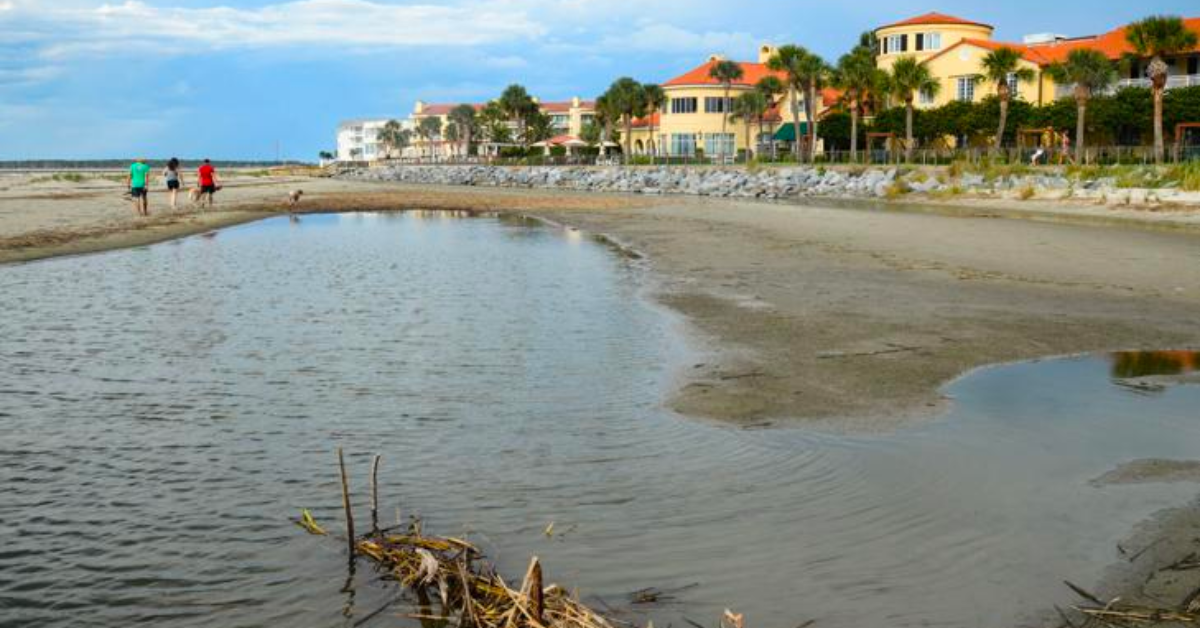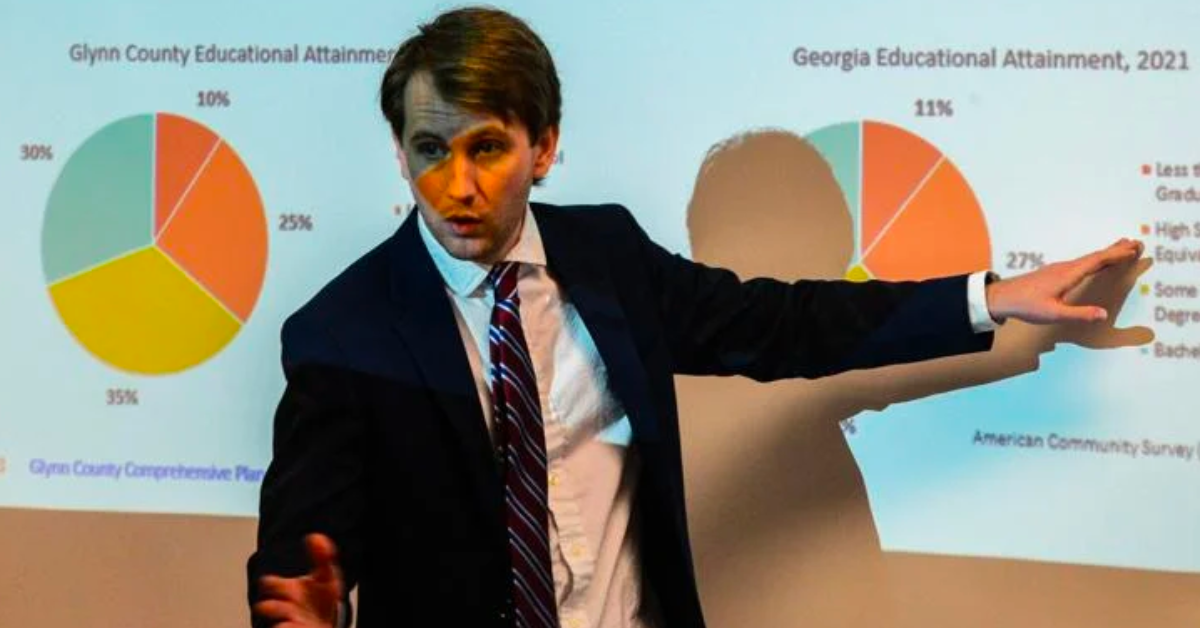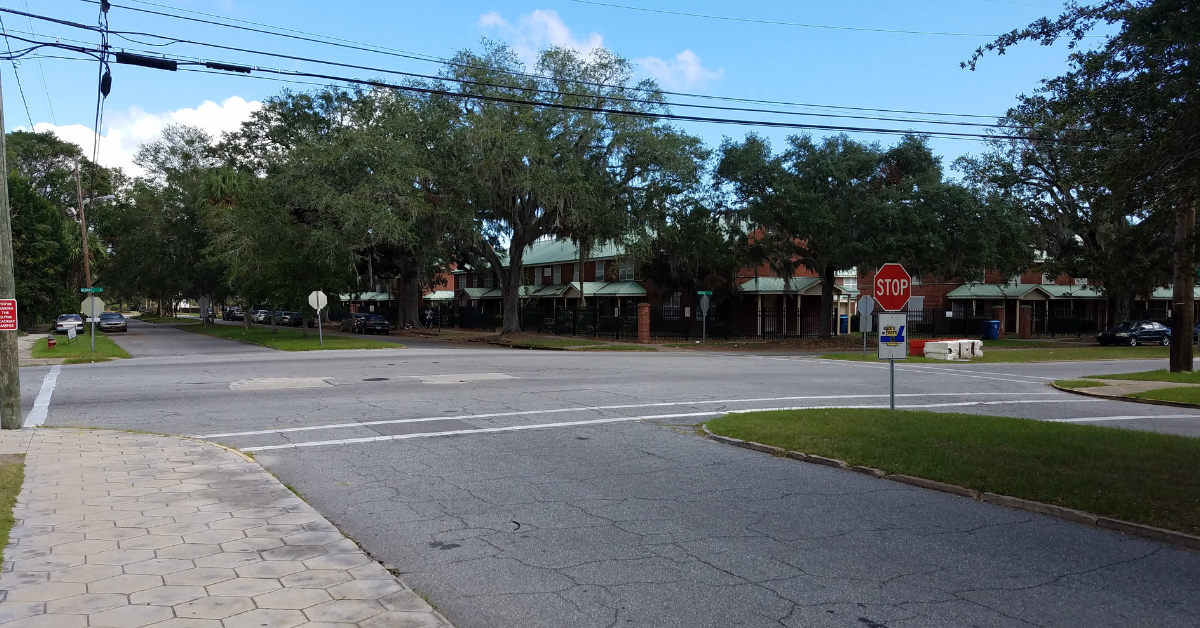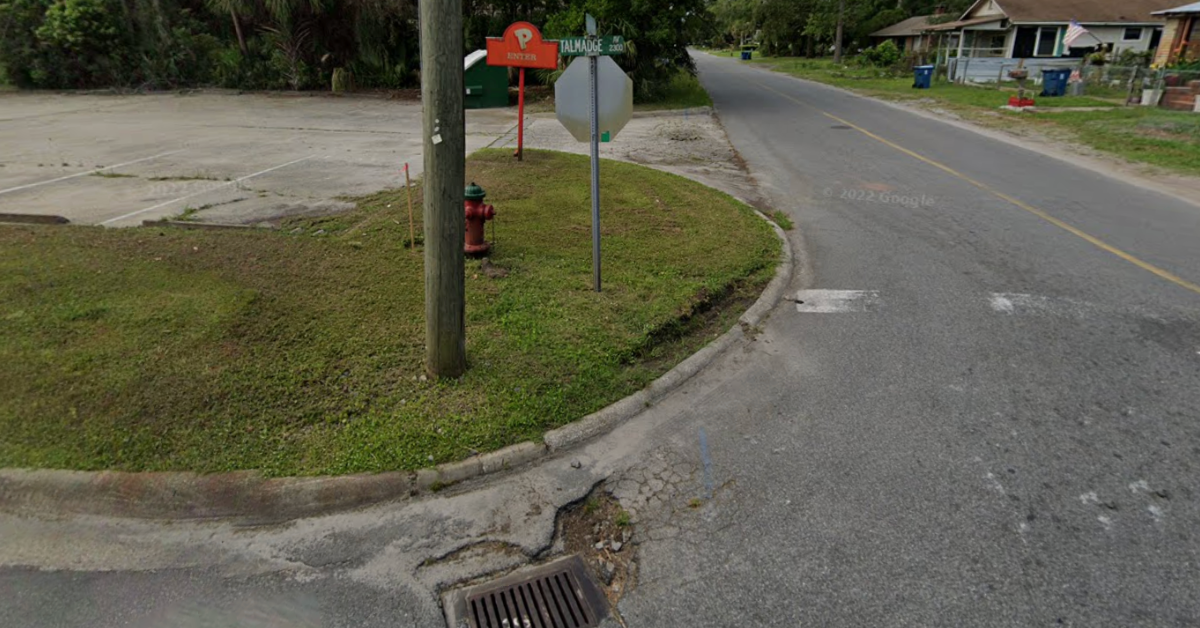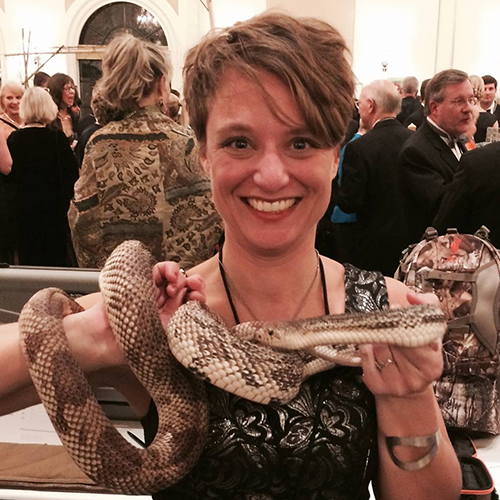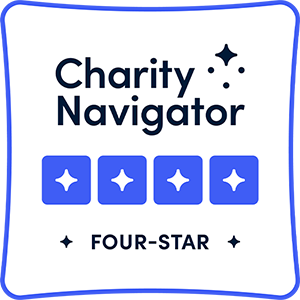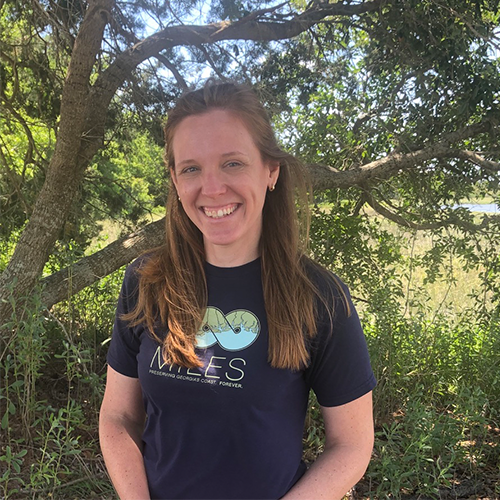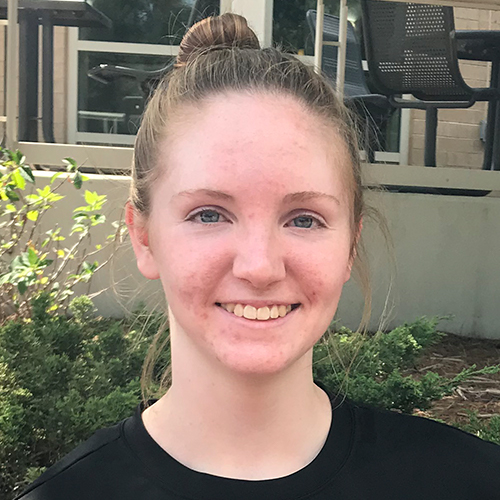Glynn County / Zoning
Take Action: Glynn County’s Zoning Update
What’s important to you in your neighborhood and county? Walkability and bike lanes? Tree canopy and public park space? Ensuring new commercial and industrial development goes in the right places? Protections for our threatened and endangered wildlife? These are all zoning issues—and they need your voice!
After years of delays, Glynn County recently released its draft zoning ordinance update—and now it’s up to you to help determine what happens next.
Thank you to everyone who showed up to Jan. 24th’s Public Comment meeting. You can still send in your written comments to [email protected]. This is YOUR chance to share your concerns, ideas, and hopes for the future of Glynn County.
Read below for an overview of comments about this latest draft, and click through for recommendations and suggested solutions.
View our half-hour, virtual Teach-In: “Glynn County, Let’s Talk About Zoning.” Hosted by South Coast Advocate Lericia Harris and fellow staff, this teach-in will empower you to take action for your county’s future.
Preserving Our Coast’s Rural Character
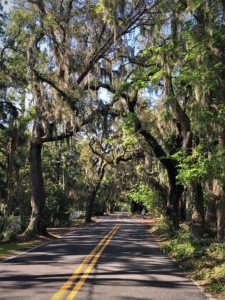
Much of Glynn County is undeveloped. These rural areas are important because they provide farmland, timber, recreational opportunities like hunting, fishing, and hiking, wildlife habitat, clean water, and peace and quiet for people who choose to live outside of busier developed areas. They are also important to a county’s fiscal resources since rural development has a lesser impact on roads, schools, and water/sewer services. Rural zoning is a tool used by county governments to manage fiscal investments in infrastructure, preserve a community’s working landscapes and recreational opportunities, and protect rural residents’ quality of life.
Protecting Sea Turtles From Artificial Light
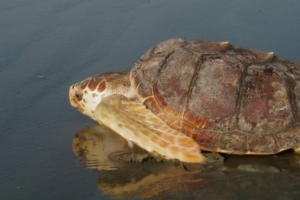
Every summer, threatened loggerhead sea turtles return to Georgia’s beaches to lay their eggs in the sand. Sea turtles are beloved by residents across our state and an important economic driver for our coast. Unfortunately, each year, artificial lighting on beachside homes and hotels prevents many nesting females from nesting and causes hatchlings to become misoriented. The current ordinance is outdated and does not fulfill its stated purpose. Updating the beach lighting ordinance with the guidance of the Georgia Department of Natural Resources and St. Simons Island Sea Turtle Project is essential to help conserve these threatened—and beloved—animals.
Redevelopment in the Right Places
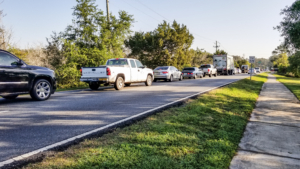
Studies show a wide range of benefits to redevelopment (repurposing sites already in use), rather than developing new natural areas. It is an efficient land use strategy that preserves green space and prevents sprawl, along with many other environmental and community benefits.
Conservation Subdivision Provisions
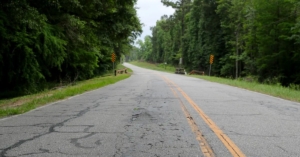
A conservation subdivision is a growth management tool that protects ecologically and sensitive areas from high density developments. These provisions, which are included in the ordinance draft, allow for responsible growth without drastically changing the character of rural areas.
Pedestrian & Cyclist-Friendly Transportation Corridors
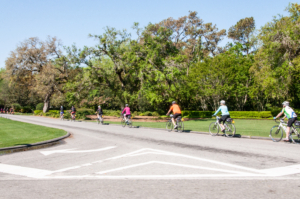
Streets have been designed with cars as the primary user, often overlooking the needs of pedestrians and cyclists. Yet many studies show that streets that accommodate multiple types of users provide multiple benefits to a community. There are fewer pedestrian and cyclist casualties, economic benefits to businesses, and increased property values for properties along the accessible street, and much more.
Buffers for Flood Mitigation & Shoreline Protection
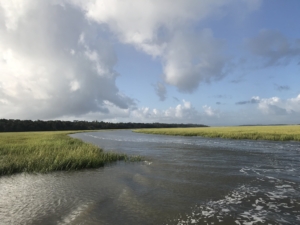
Buffers provide important protections for our community. They screen noise, sound, and sight between neighboring properties in developed areas. They also protect natural resources, like marshes and wetlands, from runoff from impervious surfaces, while wetland buffers protect built structures from flooding. The benefits to both our water resources and communities have been scientifically proven.
Tree Canopy Preservation
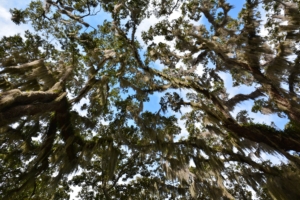 Maintaining tree canopy offers shade, improves water and air quality, and preserves the aesthetic character of our neighborhoods. These factors influence what is called “a sense of place”, or the proud relationship between people and the places they live, work, and play. Southeast Georgia is home to some especially notable specimen trees that bolster this sense of place, particularly live oaks. Tree preservation ordinances and requirements protect certain tree species from removal and maintains tree canopy.
Maintaining tree canopy offers shade, improves water and air quality, and preserves the aesthetic character of our neighborhoods. These factors influence what is called “a sense of place”, or the proud relationship between people and the places they live, work, and play. Southeast Georgia is home to some especially notable specimen trees that bolster this sense of place, particularly live oaks. Tree preservation ordinances and requirements protect certain tree species from removal and maintains tree canopy.
Protecting Green Space
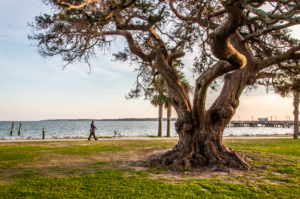 Green space, or areas of vegetation set apart for recreation or aesthetic purposes, provides social, economic, and environmental benefits. Community green spaces provide ecosystem services, have been linked with better physical and mental health, and can add aesthetic values that can benefit property values and neighborhood pride. Nature trails, green stormwater infrastructure, and low maintenance open space can act as recreation and gathering spaces that many families in our community cherish.
Green space, or areas of vegetation set apart for recreation or aesthetic purposes, provides social, economic, and environmental benefits. Community green spaces provide ecosystem services, have been linked with better physical and mental health, and can add aesthetic values that can benefit property values and neighborhood pride. Nature trails, green stormwater infrastructure, and low maintenance open space can act as recreation and gathering spaces that many families in our community cherish.
Glynn Zoning in the News
Atlanta Journal-Constitution | 1/2/24
“It’s past time to update Glynn County’s antiquated zoning ordinances. Join us in speaking out for responsible solutions to protect our landscapes, wildlife, and communities.”
Contact Megan Desrosiers for more information about how you can participate in the zoning ordinance revisions.

